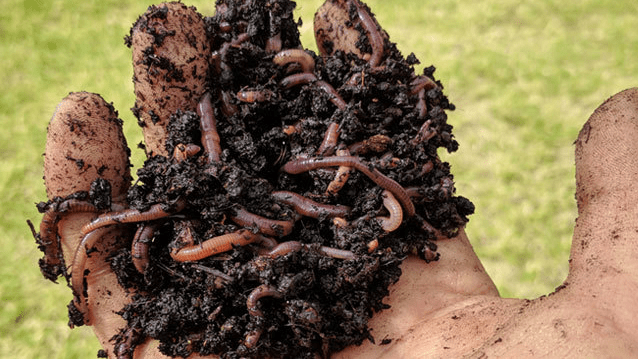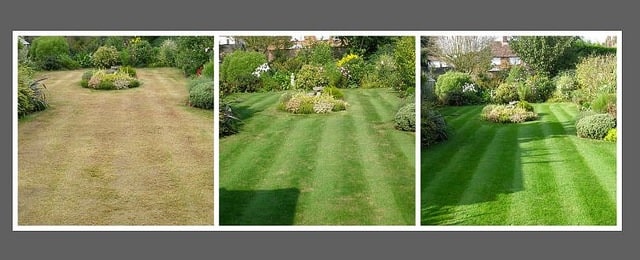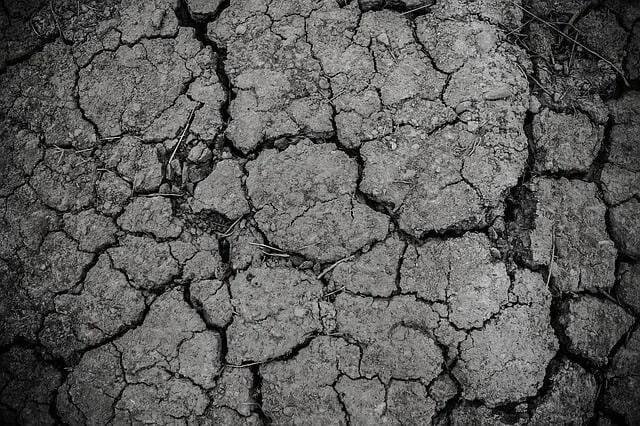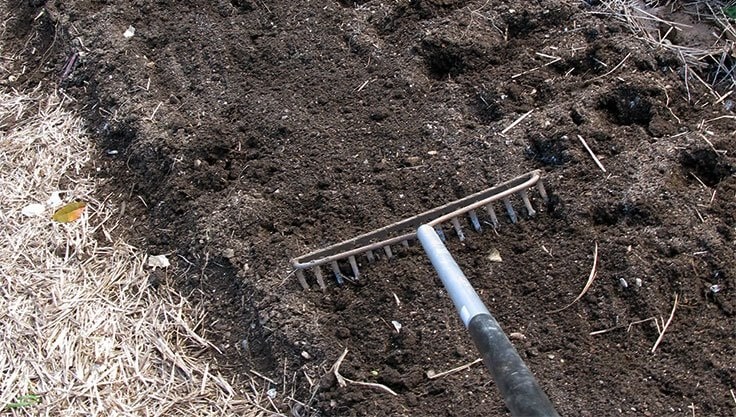My lawn is one of the areas in my garden that demands the most nutrients. To keep it healthy and vibrant, it’s essential for me to fertilize it properly. Regular mowing throughout the season strips my grass of valuable nutrients. To counterbalance this, I make sure to fertilize my lawn at the right times.
Before I fertilize, though, I always check the soil. A soil analysis every three to four years helps me understand which nutrients are in excess and which ones are lacking. I usually receive a fertilizing recommendation along with the soil test results, which guides my approach.
Contents
- 0.1 Lawn Fertilization: The Essentials in a Nutshell
- 0.2 Why Fertilize My Lawn?
- 0.3 How Often Should I Fertilize?
- 0.4 When Should I Fertilize My Lawn?
- 0.5 What Fertilizer Should I Use?
- 0.6 How to Fertilize My Lawn Properly
- 0.7 Fertilizing with Children and Pets
- 0.8 Fall Fertilization: Boosting Frost Resistance
- 1 Author
Lawn Fertilization: The Essentials in a Nutshell
A dense, lush lawn requires many nutrients. That’s why I fertilize it three to four times a year, ideally using organic, slow-release fertilizers. Here’s my fertilizing schedule:
- First Fertilization (Mid-March to Mid-April): I start when the forsythia blooms, signaling the arrival of spring. This is the perfect time to give my lawn its first nutrient boost.
- Second Fertilization (June): By this point, my grass is in its most vigorous growth phase, so it’s time for a second feeding.
- Third Fertilization (August): If my lawn is heavily used, I add another round of fertilizer to support the grass and keep it thriving.
- Fall Fertilization (Late September to Early November): To prepare my lawn for winter, I apply a fall fertilizer, which enhances the grass’s frost resistance.
Why Fertilize My Lawn?
Ryegrass and other lawn varieties have high nutrient demands. If I want my lawn to grow thick and healthy, I need to give it the nutrients it requires. Without proper fertilization, weeds that thrive in poor soil conditions will quickly invade. As my grass grows and is regularly mowed, it uses up its energy. And if the lawn is heavily trafficked, the damage starts to show. Proper lawn care is the key to achieving a beautiful lawn, but that doesn’t mean I should reach for the fertilizer every time my grass looks a little worn out.
How Often Should I Fertilize?
I recommend fertilizing my lawn three to four times a year. If I use a mulching mower or have a robotic lawnmower, my lawn will need less fertilizer. These mowers leave fine clippings on the grass, which slowly decompose, returning nutrients to the soil for the grass to reuse.
When Should I Fertilize My Lawn?
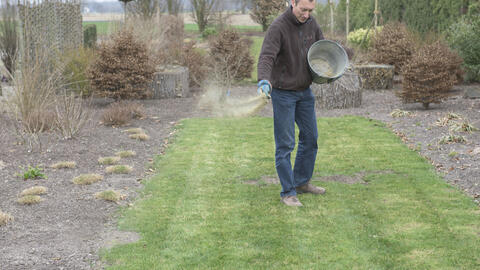
It’s important to spread the fertilizer evenly throughout the year. I start with the first application after the initial mow, around the time the forsythia is in bloom (mid-March to mid-April). At this time, I apply a slow-release fertilizer for lawns, ideally on a dry, slightly cloudy day to avoid burning the grass. Fertilizers typically have a release period of two to six months, with most slow-release products lasting about three months, whether mineral or organic.
I fertilize again in June, during the grass’s peak growing period. If my lawn sees heavy foot traffic, I may add a third dose in August. It’s important to choose a slow-release fertilizer that also has an immediate effect, especially for the spring feeding.
Between late September and early November, my lawn receives its final dose of the year: a potassium-rich fall fertilizer. This boosts the grass’s ability to withstand cold temperatures and helps it prepare for the winter.
What Fertilizer Should I Use?
I make sure to use only fertilizers designed specifically for lawns, not general-purpose garden fertilizers. These specialized lawn fertilizers contain the key nutrients—nitrogen, phosphorus, and potassium (NPK)—in the perfect balance for grass. Nitrogen, in particular, is crucial because it stimulates grass growth, helping me achieve a thick, green lawn. I prefer organic fertilizers because they provide long-lasting effects and add humus to the soil, which benefits overall soil health.
How to Fertilize My Lawn Properly
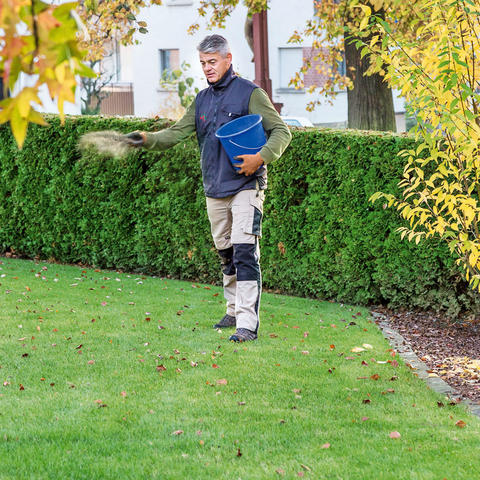
I always follow the dosage recommendations on the fertilizer packaging. For mineral fertilizers, I usually apply a slightly lower dose than recommended. Too much fertilizer can do more harm than good. Over-fertilized areas often turn brown and look burned. This is especially true when I apply fertilizer by hand—it’s easy to accidentally overdo it until I get the hang of evenly distributing the granules.
My tip: I use a spreader to ensure even distribution of the fertilizer across the lawn. It helps me avoid uneven patches and ensures that every inch of my lawn gets the nutrients it needs. When using a spreader, I make sure to go up and down or side to side in neat rows, making sure the rows overlap slightly to prevent any gaps. After applying the fertilizer, I water my lawn to help the granules dissolve and penetrate the soil. I typically run a sprinkler for about 20 to 30 minutes to ensure proper absorption.
If I prefer to apply fertilizer by hand, I scatter the granules in smooth, sweeping motions with my hand slightly open. To get a feel for this, I practice with coarse, dry sand before applying the actual fertilizer.
Fertilizing with Children and Pets
I don’t have to worry about my pets or kids after fertilizing my lawn. Many well-known fertilizer manufacturers have long since stopped using harmful ingredients like castor bean meal, so it’s safe for them to play on the lawn immediately after fertilization.
Fall Fertilization: Boosting Frost Resistance
The last fertilizing session of the year takes place in the fall, from late September to early November. Unlike the previous fertilizations, I use a fall fertilizer that’s high in potassium rather than nitrogen. Potassium strengthens the cell walls of the grass and accumulates in the cell sap, acting like an antifreeze. It lowers the freezing point of the cell sap, which helps the grass survive through winter. If I used a nitrogen-rich fertilizer at this time, it would stimulate more growth, making the grass vulnerable to diseases and frost damage.
By following this fertilizing routine, I ensure that my lawn stays healthy, vibrant, and well-prepared to thrive year after year.




